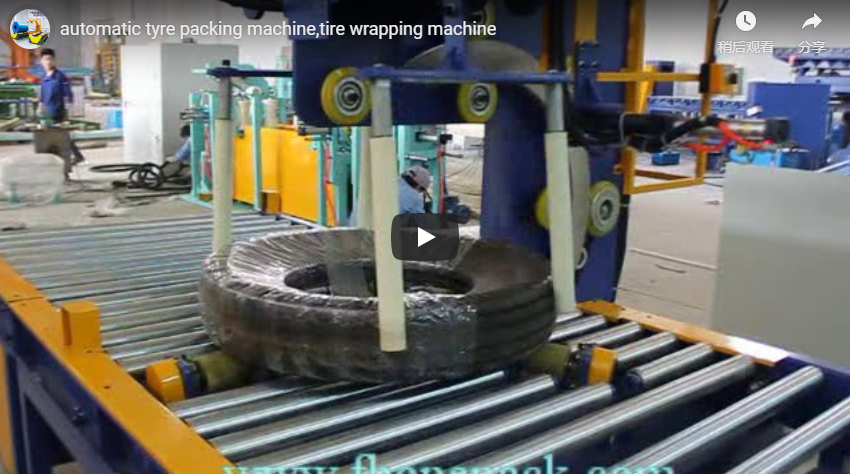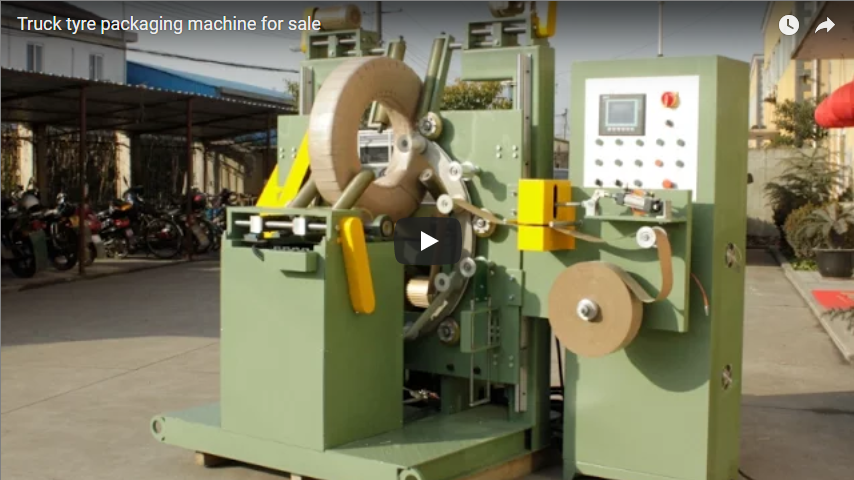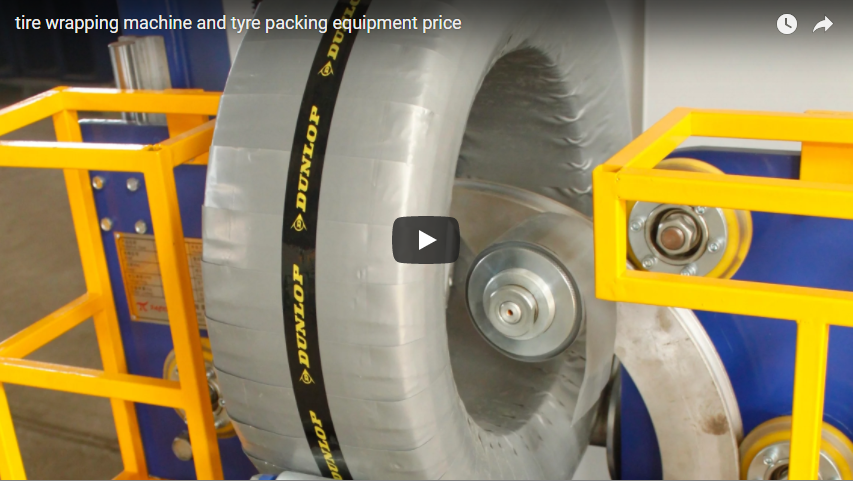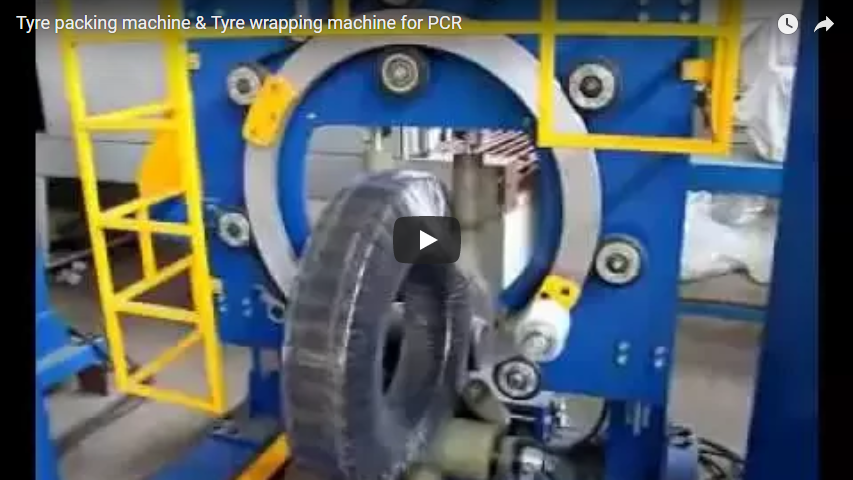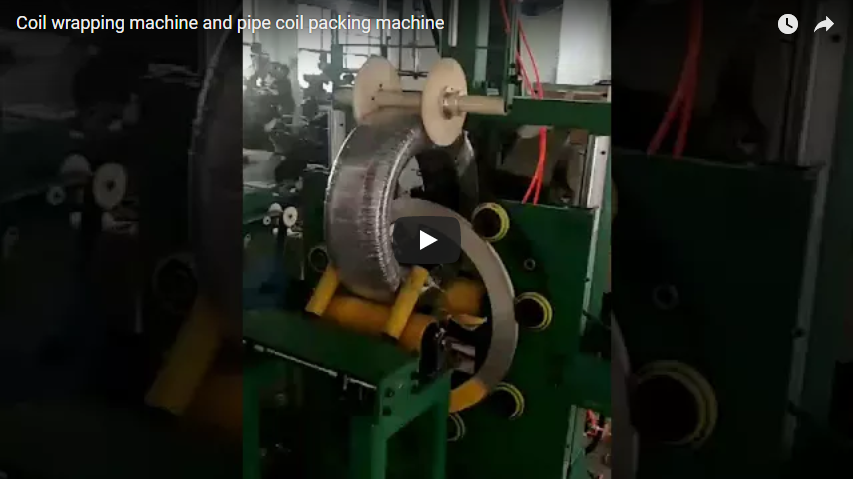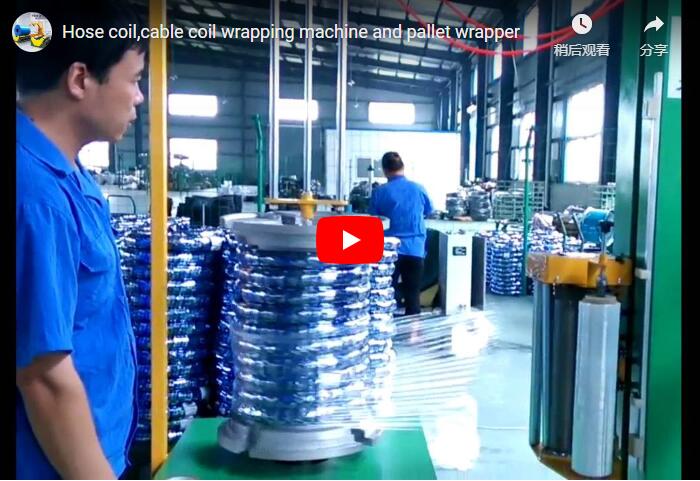Streamlining Tire Logistics: A Fabricator's Guide to Modern Tire Wrapping and Packing Machines
Handling tires efficiently and safely is a constant challenge in manufacturing plants, distribution centers, and retail operations. Their bulky, awkward shape and susceptibility to damage during transit demand specialized packaging solutions. Simple palletizing often isn't enough; tires can shift, get scuffed, or suffer sidewall damage, leading to costly returns and unhappy customers. This is where dedicated tire wrapping and packing machines become essential investments, boosting efficiency and protecting valuable inventory.
For businesses handling tires – whether you're a manufacturer, wholesaler, or large retailer – FHOPEPACK offers a spectrum of solutions tailored to different volumes and operational needs. Let's delve into the technology, from standalone units to fully integrated lines, exploring the technical aspects and practical considerations crucial for making the right choice.
1. The Workhorse: Automatic Tire Packing Machines
Automatic tire packing machines, often utilizing orbital stretch wrapping technology, are designed for high-throughput environments. They offer significant advantages in speed, consistency, and labor reduction compared to manual methods.
Key Technical Aspects:
- Wrapping Method: Typically employs orbital wrapping where the tire remains stationary (or rotates slowly) while a film carriage revolves around it, applying stretch film tightly.
- Control System: Usually managed by a PLC (Programmable Logic Controller) with an HMI (Human-Machine Interface) for setting parameters like wrap counts, tension, and overlap.
- Film Delivery: Features powered pre-stretch systems (often achieving 200-300% stretch), significantly reducing film consumption and cost per tire wrapped.
- Speed & Throughput: Capable of wrapping a tire in under 30-60 seconds, depending on the model and wrap settings, enabling high processing rates.
From a Fabricator's Perspective:
Investing in an automatic machine makes sense when dealing with consistent, high volumes. The key benefits we see on the floor are dramatically reduced labor for the wrapping task itself and highly consistent wrap quality, which improves load stability and protection. Integration with infeed and outfeed conveyors is often the next logical step to maximize throughput.
Typical Parameter Ranges:
- Ring Speed: 50-100 RPM
- Max Tire OD: 800mm - 1200mm+
- Max Tire Width: 100mm - 400mm+
- Wrapping Material: LLDPE Stretch Film (various widths and thicknesses)
- Power Requirements: Typically 3-phase power, specifics vary by model.
2. Seamless Integration: Automatic Tire Packing Lines with Conveyors
For maximum efficiency in large-scale operations, a standalone wrapper can be integrated into a fully automated packing line. This minimizes manual handling entirely, from the point tires enter the line to when they exit, wrapped and ready for staging or shipping.
Line Components Often Include:
- Infeed Conveyors: Transport tires to the wrapping station. Can include centering and positioning devices.
- Wrapping Machine: The core automatic wrapper as described above.
- Outfeed Conveyors: Move wrapped tires away for labeling, sorting, or palletizing.
- Optional Add-ons: Automatic labeling systems, tire stackers, or robotic palletizers.
From a Fabricator's Perspective:
A full packing line represents a significant capital investment but offers the lowest cost-per-tire-packed in very high-volume scenarios. The main considerations here are floor space, the complexity of integration with existing systems, and ensuring maintenance routines are robust to keep the entire line running smoothly. The ROI comes from massive labor savings and extremely high, predictable throughput.
3. Flexibility and Accessibility: Semi-Automatic Tire Packing Machines
When full automation isn't necessary or budget constraints are tighter, semi-automatic machines provide a practical balance. These units still automate the wrapping process itself but require operator involvement for loading, initiating the cycle, and unloading.
Key Characteristics:
- Operator Interaction: Manual loading/unloading of tires onto the wrapping platform or rollers. Cycle typically started via foot pedal or push button.
- Simpler Controls: Often feature basic controls for adjusting rotation speed or wrap count, though some offer more advanced tension control.
- Lower Throughput: Speed is dictated by both the machine cycle and the operator's pace.
- Cost-Effectiveness: Significantly lower initial investment compared to fully automatic systems.
From a Fabricator's Perspective:
Semi-auto machines are ideal for smaller operations, specialty tire shops, or as supplementary capacity during peak seasons. They offer a huge step up from purely manual wrapping in terms of speed and wrap quality, while remaining relatively easy to operate and maintain. They provide flexibility for handling varying tire sizes or occasional wrapping needs without the complexity of a fully automated line.
4. Making the Right Choice: Key Considerations
Selecting the optimal tire packing solution requires careful evaluation of your specific needs:
- Production Volume: How many tires do you need to wrap per hour, shift, or day? This is the primary driver differentiating between manual, semi-auto, and fully automatic systems.
- Tire Size Range: What are the minimum and maximum diameters and widths of the tires you handle? Ensure the machine specifications accommodate your full range.
- Labor Availability & Cost: Assess your current labor resources and costs associated with manual packing versus the investment in automation.
- Level of Automation Required: Do you need a standalone wrapper, or integration with existing or new conveyor systems? Consider future growth.
- Packaging Requirements: What level of protection is needed? How important is wrap consistency? Do you need full encapsulation or just tread/sidewall protection? Consider film usage and pre-stretch capabilities for cost savings.
- Footprint and Utilities: Evaluate the available floor space and the machine's power and compressed air requirements.
- Budget: Balance the initial investment cost against long-term savings in labor, film consumption, and reduced damage claims.
- Supplier Support: Consider the availability of technical support, spare parts, and maintenance services from the provider (like FHOPEPACK).
Conclusion: Investing in Efficiency and Protection
Modern tire wrapping and packing machines are more than just packaging equipment; they are strategic tools for enhancing logistical efficiency, protecting products, and improving the bottom line. Whether opting for the high-speed capabilities of a fully automatic line, the flexibility of a semi-automatic unit, or a customized integrated system, the core benefits remain consistent: reduced labor costs, minimized product damage during handling and transit, improved load stability, and faster throughput.
By carefully analyzing your operational requirements and considering the technical capabilities outlined above, you can select the tire packing solution that best aligns with your production volume, budget, and long-term goals, ensuring your tires reach their destination safely and efficiently.

